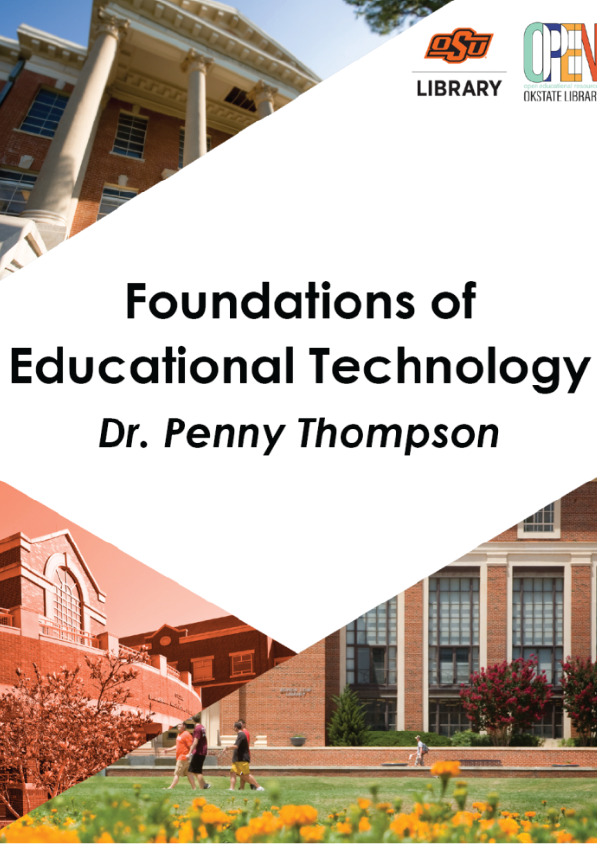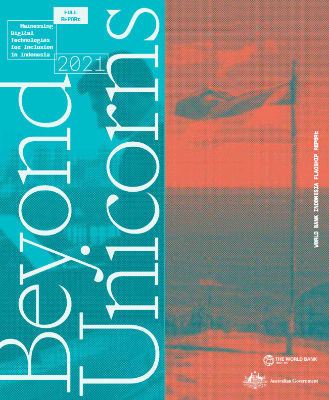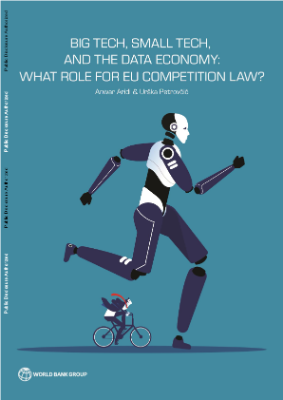According to Seels and Richey (1994), the educational technology field emerged, and continues to develop, through interactions of influences, including foundational research and theory and the features and capabilities of current technologies. This means the field of educational technology is “a child not only of theoretical knowledge, but also of practical knowledge” (p. 68).
Theory from fields as diverse as psychology, engineering, communications, computer science, business, and education has contributed foundational knowledge, while emerging new technologies prompt researchers to explore new possibilities for creating learning environments, and to further build and refine theory.
Reiser (2001) provided an extensive summary of the history of the field, tracing its roots back to the early 1900s. The first catalogue of instructional film was produced in the US in 1910, and a “visual instruction” movement, with professional organizations and journals dedicated to the topic, arose. This became known as “audiovisual instruction” as technology (e.g., film with sound) advanced. Film and other media were used extensively for military training during World War II (Seels & Richey, 1994; Reiser, 2001), and scholars such as Edgar Dale (https://en.wikipedia.org/wiki/Edgar_Dale) contributed to theoretical discussions about how media might contribute to learning. Educational television was the focus of attention in the 1950s and 1960s, until the computer emerged as the next technology with potential to change education.
Although educational technology is still “young” compared to many other fields of study, it has a rich and diverse history. The subsequent chapters of this text review will introduce you to the various influences, theories, and traditions that inform this exciting field of study and practice.
When integrating technology into the teaching and learning environment, it is vital to consider the developmental stage of the learner. This chapter reviews human development from both a cognitive perspective (based on the work of Piaget) and a social perspective (based on Erikson). It provides a foundation for later chapters that focus more explicitly on teaching and learning with technology.
Cognition refers to thinking and memory processes, and cognitive development refers to long-term changes in these processes. One of the most widely known perspectives about cognitive development is the cognitive stage theory of a Swiss psychologist named Jean Piaget. Piaget created and studied an account of how children and youth gradually become able to think logically and scientifically.
Piaget believed that learning proceeded by the interplay of assimilation (adjusting new experiences to fit prior concepts) and accommodation (adjusting concepts to fit new experiences). The to-and-fro of these two processes leads not only to short-term learning, but also to long-term developmental change. The long-term developments are really the main focus of Piaget’s cognitive theory.
After observing children closely, Piaget proposed that cognition developed through distinct stages from birth through the end of adolescence. By “stages” he meant a sequence of thinking patterns with four key features:
- The stages always happen in the same order.
- No stage is ever skipped.
- Each stage is a significant transformation of the stage before it.
- Each later stage incorporated the earlier stages into itself.











